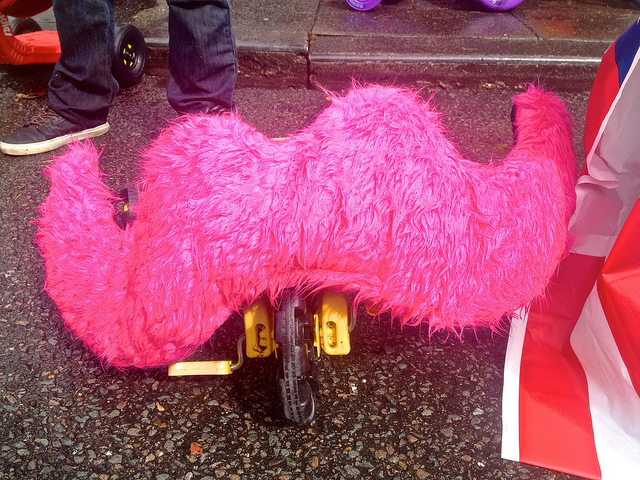Portland and Vancouver BC officials, welcome to Seattle’s pain. With Uber launching (or threatening to launch) its app-based personal transportation service in your city, you have a real puzzle to solve.
You only have to balance all these goals: Protecting consumers, supporting green alternatives to car ownership, enforcing sensible rules, jettisoning outdated ones, not rewarding bad behavior, confronting limitations of a strangled taxi system you created, navigating tough equity questions, and taking on a company now valued at $40 billion that doesn’t give an inch without a fight.
If it makes you feel any better, Seattle spent more than a year trying to figure that out. The compromise it reached earlier this year is imperfect, and the city arguably got swept up in a popularity contest in which the prom queen has now lost some of her luster.
But you can still benefit from that effort, as well as hindsight. Since Seattle passed its new rules for “transportation network companies” (TNCs) in July, Uber (or its officials) have been sued by district attorneys in California for misleading consumers about safety practices, went on a bizarre tear about smearing journalists, was banned in New Delhi after a driver raped a passenger, apologized for sexist promotions in France, launched in Portland against the city’s express will, and has fought stricter insurance requirements. This weekend, it appalled the world by initially defending a policy that charged $100 fares to leave downtown Sidney, Australia, where a hostage crisis was unfolding (though the company quickly walked that back).







